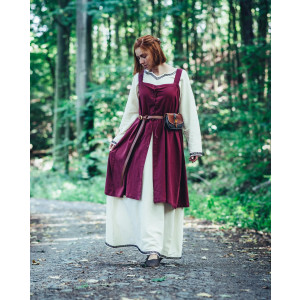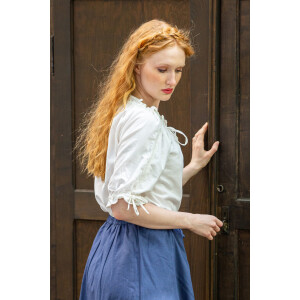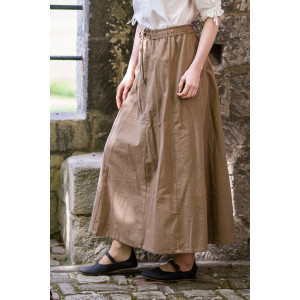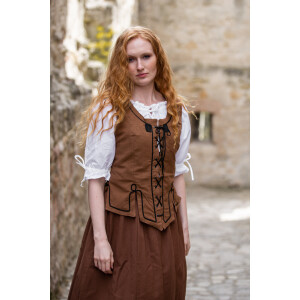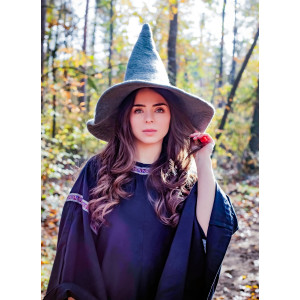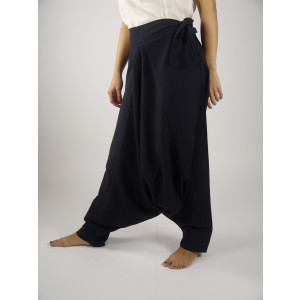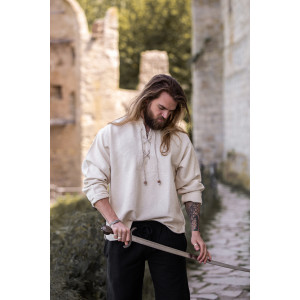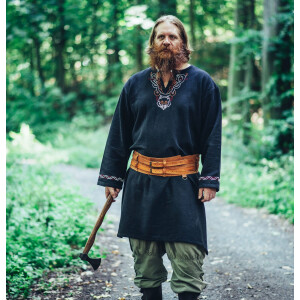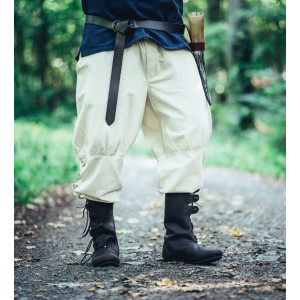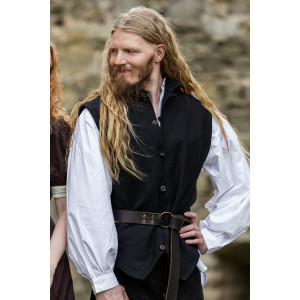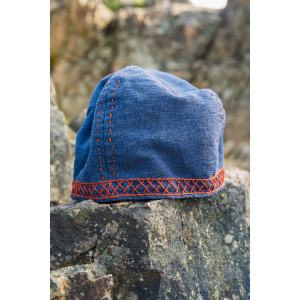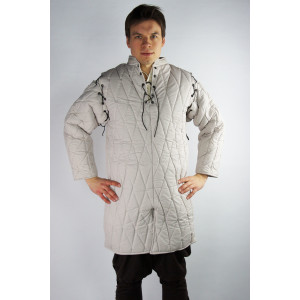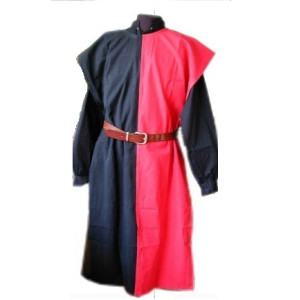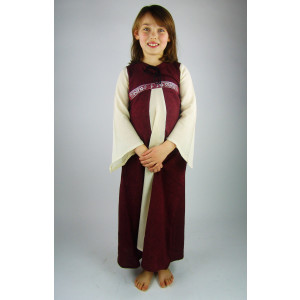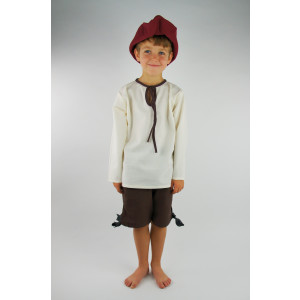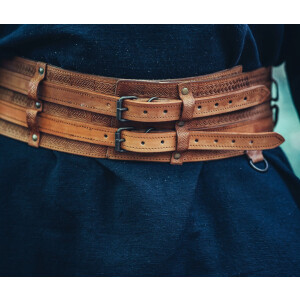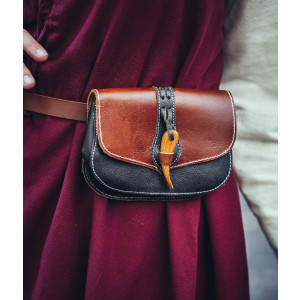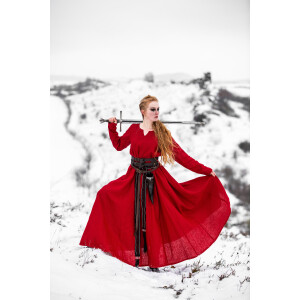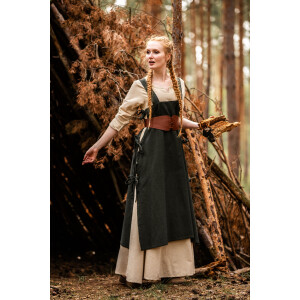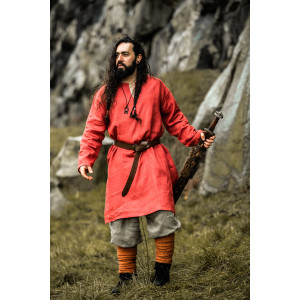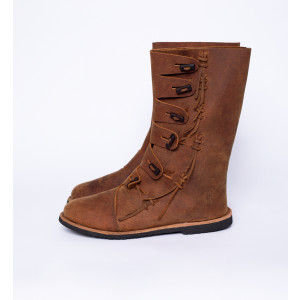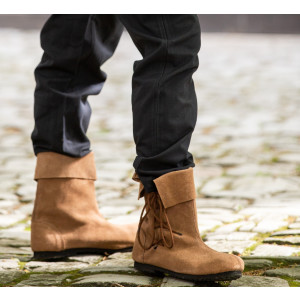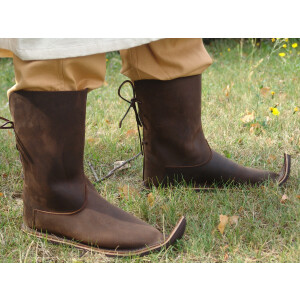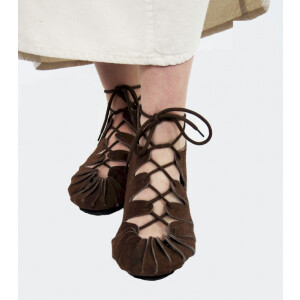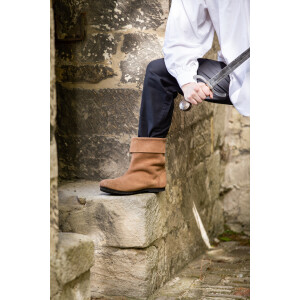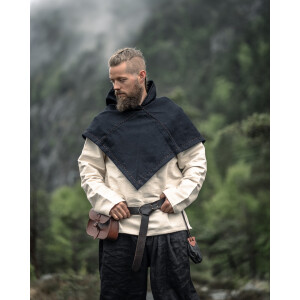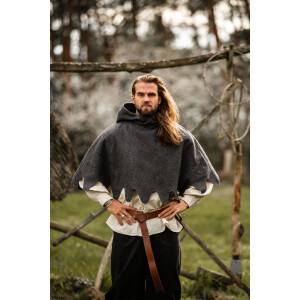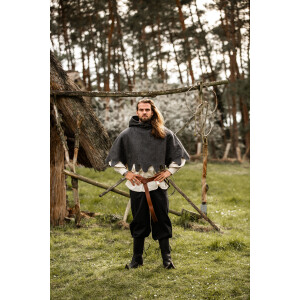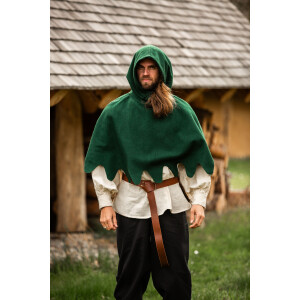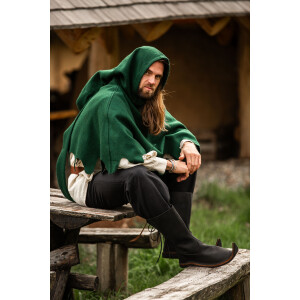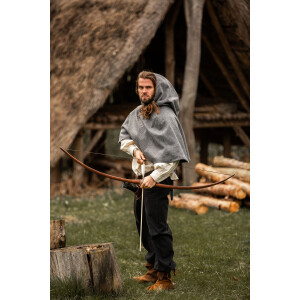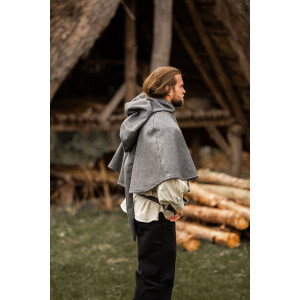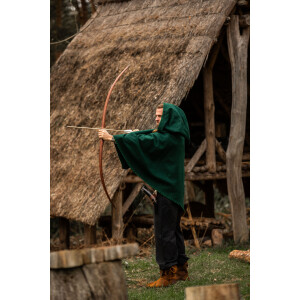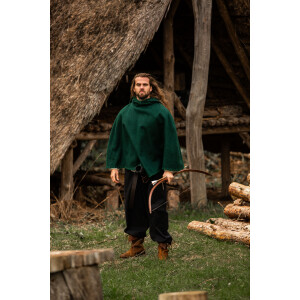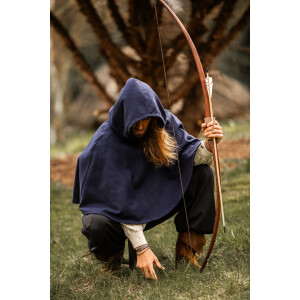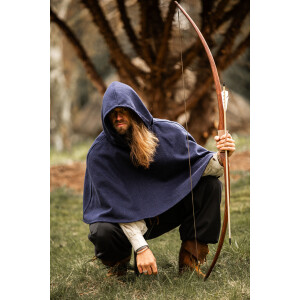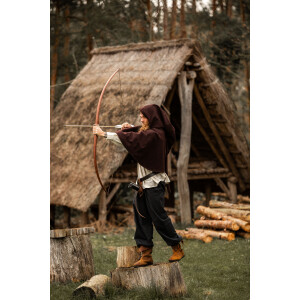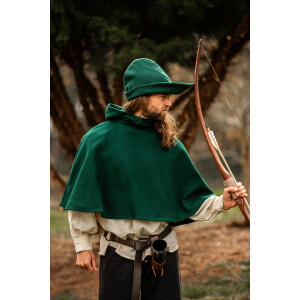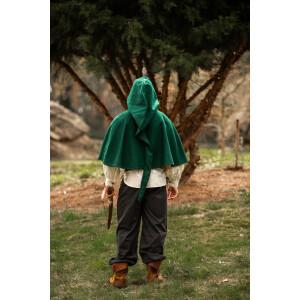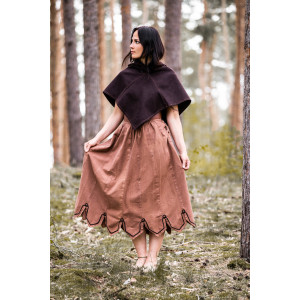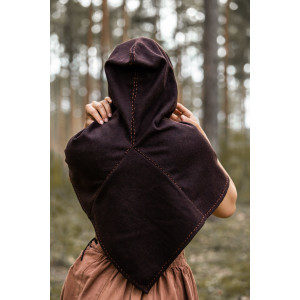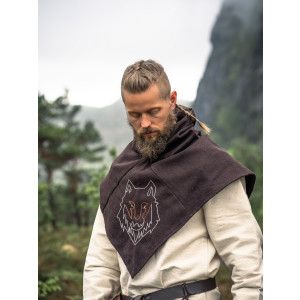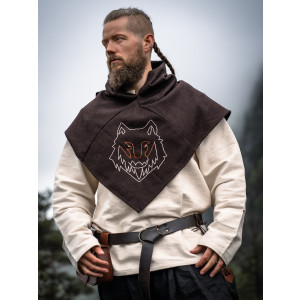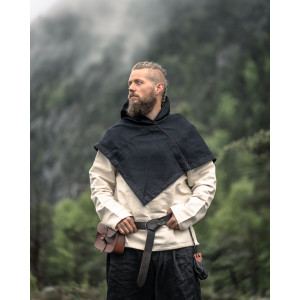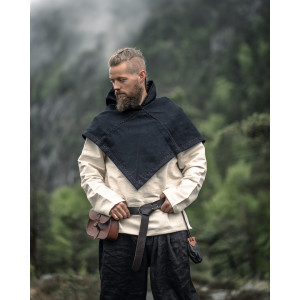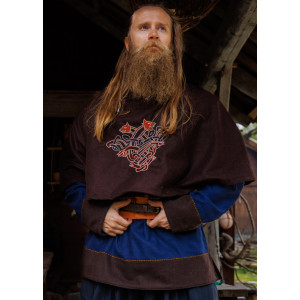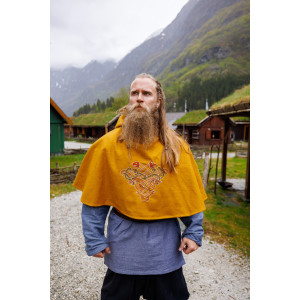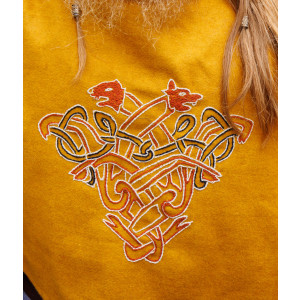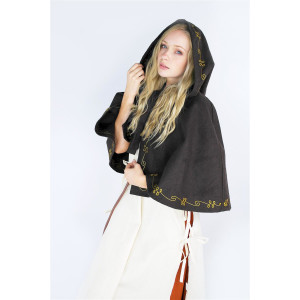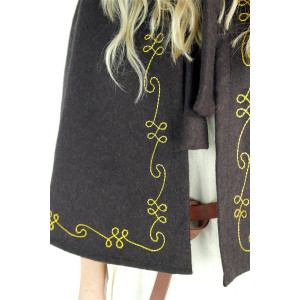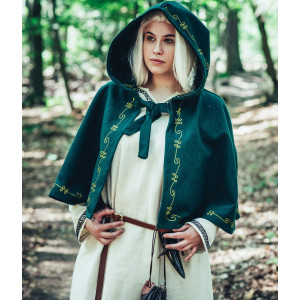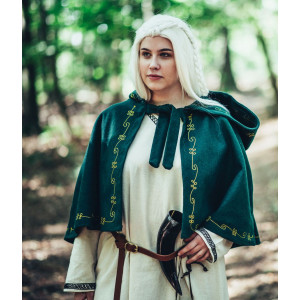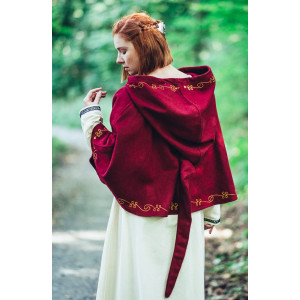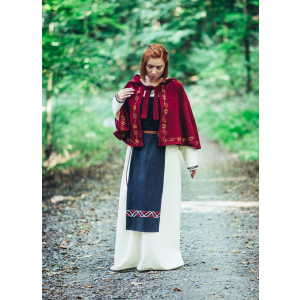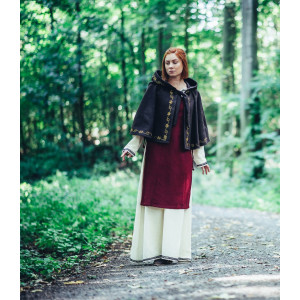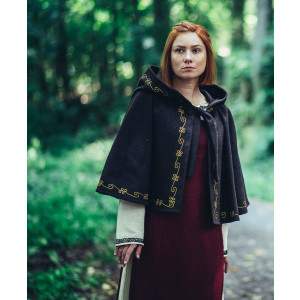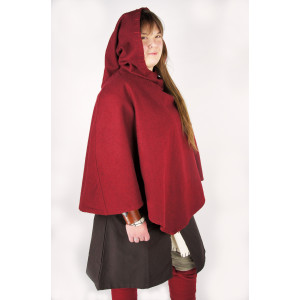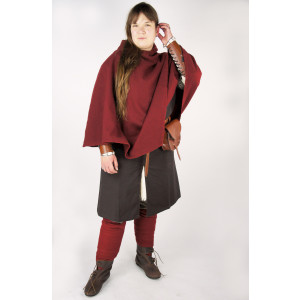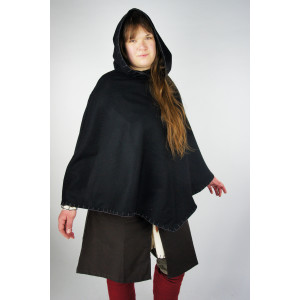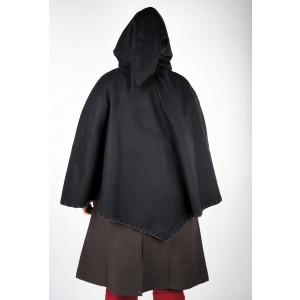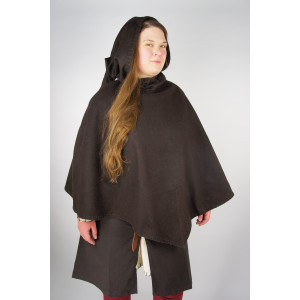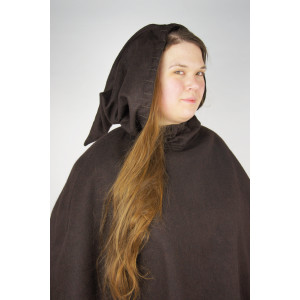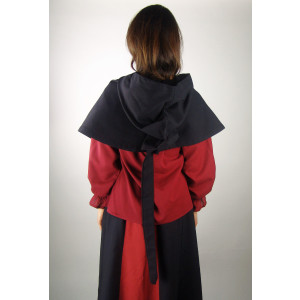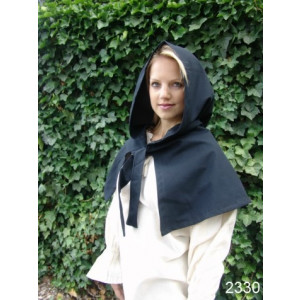MEDIEVAL GUGEL
- Available immediately
-
Delivery time: 1 - 2 days (DE - int. shipments may differ)
- Available immediately
-
Delivery time: 1 - 2 days (DE - int. shipments may differ)
- Available immediately
-
Delivery time: 1 - 2 days (DE - int. shipments may differ)
- Low stock level
-
Delivery time: 1 - 2 days (DE - int. shipments may differ)
- Available immediately
-
Delivery time: 1 - 2 days (DE - int. shipments may differ)
- Available immediately
-
Delivery time: 1 - 2 days (DE - int. shipments may differ)
- Available immediately
-
Delivery time: 1 - 2 days (DE - int. shipments may differ)
- Available immediately
-
Delivery time: 1 - 2 days (DE - int. shipments may differ)
- Available immediately
-
Delivery time: 1 - 2 days (DE - int. shipments may differ)
- Available immediately
-
Delivery time: 1 - 2 days (DE - int. shipments may differ)
- Available immediately
-
Delivery time: 1 - 2 days (DE - int. shipments may differ)
- Available immediately
-
Delivery time: 1 - 2 days (DE - int. shipments may differ)
- Available immediately
-
Delivery time: 1 - 2 days (DE - int. shipments may differ)
- Available immediately
-
Delivery time: 1 - 2 days (DE - int. shipments may differ)
- Available immediately
-
Delivery time: 1 - 2 days (DE - int. shipments may differ)
- Low stock level
-
Delivery time: 1 - 2 days (DE - int. shipments may differ)
- Low stock level
-
Delivery time: 1 - 2 days (DE - int. shipments may differ)
- Available immediately
-
Delivery time: 1 - 2 days (DE - int. shipments may differ)
- Available immediately
-
Delivery time: 1 - 2 days (DE - int. shipments may differ)
What is a Medieval Gugel?
A medieval gugel is a traditional garment worn in the Middle Ages by both men and women. It is a type of hood that starts at the neck and often extends over the shoulders and back. The function of the gugel was to protect the head and upper body from cold and rain.
Typically, a medieval gugel is made of woolen fabric, making it warm and weatherproof. The colors typically used for gugels are earth tones like brown, green, and gray, giving the garment a rustic and authentic look.
Here at our shop, we offer a wide selection of medieval gugels in various colors and styles. The gugels are made of high-quality materials and in authentic designs, perfectly capturing the atmosphere of the medieval lifestyle.
History of the Gugel in the Middle Ages
The gugel was a characteristic garment of medieval clothing and was mainly worn from the 12th to the 14th century. It was originally a hood that later became a garment with an attached hood and over time evolved into a standalone head covering. The gugel was worn by both men and women and was an integral part of medieval fashion.
The use of the gugel was versatile, serving not only as headgear but also as a scarf or cloak. The hood could be pulled over the head as needed to protect against cold and rain. Additionally, the gugel also had a social significance, as it was worn by various social classes and thus was a symbol of unity and belonging.
There were various types of gugels in the Middle Ages, including the simple, pointed gugel, the straight gugel, or the bell-gugel, which was decorated with bells. Each type had its own characteristics and was worn according to usage and fashion preferences.
The history of the gugel in the Middle Ages is closely linked to medieval clothing and its development. It was a versatile and symbolic garment that is still associated with the Middle Ages today.
Significance of Gugels in Medieval Society
The gugel was an important part of medieval society and had both a functional and fashionable significance. Originally designed as a utilitarian garment, the gugel evolved over time into a fashionable accessory that exhibited various styles and fashions. The use of overly long tips and tippets was widespread and served not only as decoration but also had a social meaning. The length of the tips and the way they were tied could indicate social status and belonging to a certain group or class in society.
The gugel was worn in various versions, including simple, unlined versions for everyday use, as well as ornately decorated and patterned gugels for festive occasions. This variety reflected the social hierarchy and was an important element of medieval fashion. Overall, the gugel played a significant role in medieval society, where it served not only as a practical garment but also as a fashionable accessory and social status symbol.
Types of Medieval Gugels
Mounted Headwear
Mounted headwear can be found in various types and styles, including headbands, fascinators, hats, and crowns. These headpieces are made from a variety of materials, including fabric, feathers, flowers, beads, metal, and plastic. The color palette ranges from neutral tones to vibrant colors and patterns to match various outfits.
Styles vary from classic and elegant to playful and bold. Headbands are often adorned with bows, flowers, or other embellishments, while fascinators feature intricate designs with feathers and netting. Hats can range from wide-brimmed and romantic to structured and simple, and crowns offer a royal and majestic appearance.
The various options and variations of mounted headwear allow for finding the perfect style for every occasion and personality. From vintage-inspired designs to modern and bold pieces, there is something suitable for every taste and style. This variety makes mounted headwear a versatile accessory that can complete any outfit.
Wide Hoods and Long Shields
Medieval headwear was diverse and rich in different shapes and styles. Wide hoods and long shields were typical headwear worn in the Middle Ages. Wide hoods were large and enveloped the head and upper back area, while long shields protected the head from the sun and rain. In contrast, the gugel was a tight-fitting hood often worn with a cloak. The wide hoods and long shields differed from the gugel with their voluminous shape and protection from the elements.
Contemporary illustrations by artists like Guy de Vigagenot and Petrus de Ebulo show various forms and styles of medieval headwear. These range from simple and functional designs to elaborate and luxurious coifs and veils.
As popular travel garments in the Middle Ages, wide hoods and long shields were often worn as part of travel attire. Different names and designs include, for example, the pilgrim hat, the pilgrim staff, and the travel cap. These head coverings were both practical and fashionable and played an important role in medieval travel style.
Short Collars and Round Shoulders
The development of short collars and round shoulders by the Vikings compared to the Middle Ages shows a shift from practical functionality to stylistic aesthetics. While the Vikings used short collars and round shoulders for mobility and comfort, these features became a fashion statement in the Middle Ages to indicate social status. This development is also seen in other cultures, where similar trends from functional clothing to stylistic elements were observed.
The gugel, originally a practical garment for protection from bad weather, evolved over time into a defining element of the Middle Ages. From the gugel, various garments such as the coat or the hood emerged, which were an important part of medieval fashion.
The adaptations of the gugel to different climate conditions on different continents show the versatile use of this garment. In warmer regions, the gugel was made from lighter materials, while in cold climates, thicker and warmer versions were preferred. The variety of adaptations reflects the global spread and acceptance of the gugel in different cultures.
Occasions for Wearing a Medieval Gugel
Wearing a medieval gugel is appropriate for various occasions. The gugel is a traditional garment that keeps the head, neck, and shoulders warm. Made from thick wool, the gugel was an important protection against cold and weather in the Middle Ages.
Nowadays, the medieval gugel is worn at various events, such as LARP (Live Action Role Playing) or reenactment. These events offer the opportunity to immerse oneself in the world of the Middle Ages and wear the clothing of that time. Here, the gugel not only serves authenticity but also protects against wind and weather.
The gugel can also be fitting at medieval markets, historical festivals, or theatrical performances. With its traditional appearance and practical function, the gugel is a versatile garment that can be worn on various occasions.
